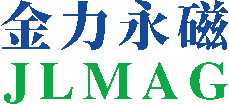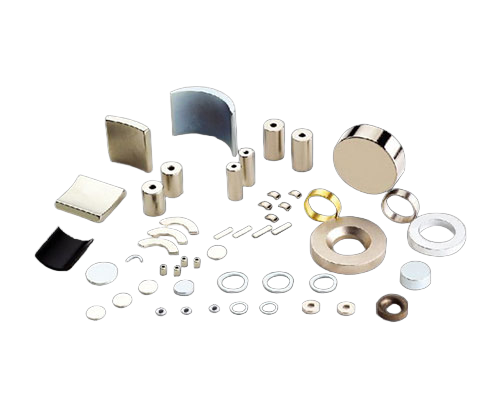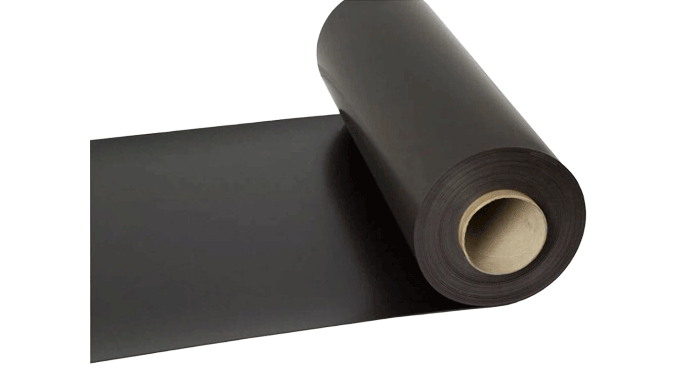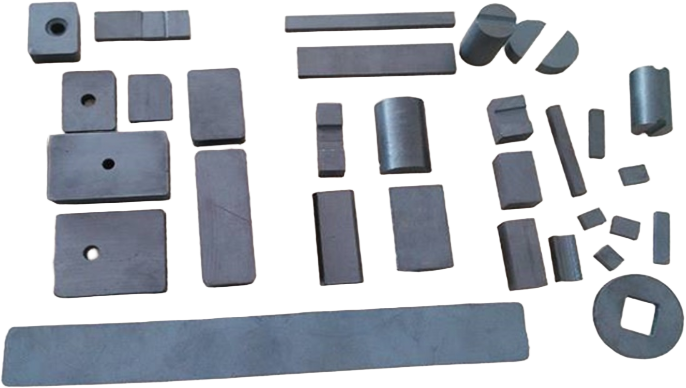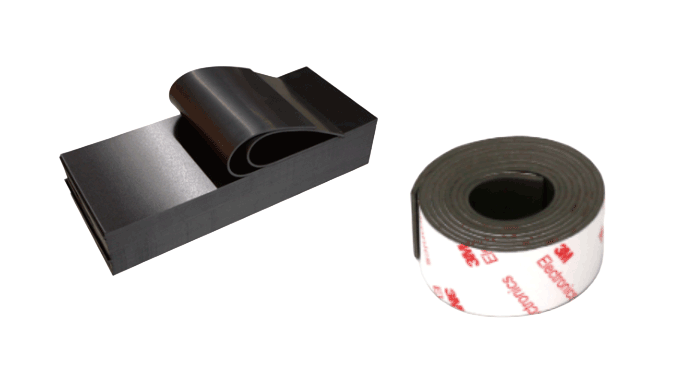According to product categories, it is mainly divided into cast AlNiCo and sintered AlNiCo. Cast AlNiCo is mainly used in automotive parts, instrumentation electro-acoustics, motors, nuclear power, teaching, aerospace, and other fields. It has the characteristics of low temperature coefficient, high – temperature resistance, moisture – resistance, not easy to oxidize, and good working stability. Sintered AlNiCo is produced by the powder metallurgy method and is suitable for producing complex, light, thin, and small products. It is widely used in instruments, communications, magnetic – electric switches, and various sensors.
